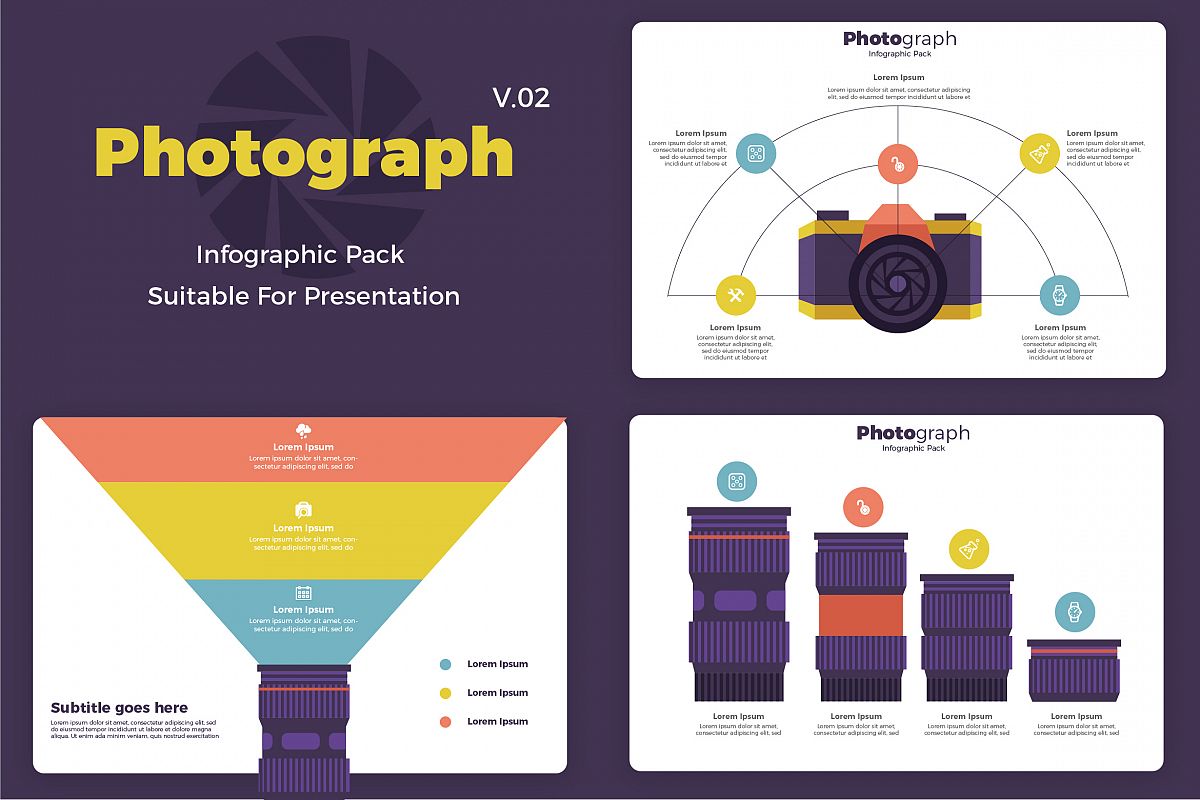Change Your Digital Photography By Understanding Lighting Strategies That Can Elevate Your Images-- Uncover The Common Risks That Could Be Holding You Back
Change Your Digital Photography By Understanding Lighting Strategies That Can Elevate Your Images-- Uncover The Common Risks That Could Be Holding You Back
Blog Article
Article Written By-Boone Olsson
As a digital photographer, you understand that illumination can make or break your photos. Recognizing the subtleties of both all-natural and man-made light is crucial for catching the mood and clarity you aim for in your work. Whether you're chasing after the best golden hour radiance or tweak your synthetic setups, mastering these aspects can raise your digital photography considerably. But there are common risks that several overlook, and recognizing them can transform your approach to every shoot. Allow's explore what you might be missing out on and exactly how it can impact your outcomes.
Understanding All-natural Light
Understanding all-natural light is crucial for any type of professional photographer wanting to boost their work. It's the foundation of wonderful digital photography, influencing state of mind, tone, and clearness. When you shoot outdoors, focus on the moment of day. The golden hour-- soon after sunrise and prior to sunset-- provides soft, cozy light that can transform ordinary scenes right into sensational photos.
Don't undervalue the power of cloudy days. Cloud cover diffuses sunlight, creating a soft, even light that's excellent for portraits and macro photography. You'll discover colors pop in this type of lighting without severe shadows.
Placing matters, also. Constantly consider your subject's orientation to the source of light. If the sun's behind your topic, you might wind up with a silhouette, which can be significant but mightn't be what you desire. On the other hand, straight sunlight can develop uncomplimentary darkness.
Explore angles; occasionally, changing your point of view can generate fantastic results. Use Highly recommended Resource site -natural reflectors, like water or sand, to jump light onto your subject, adding measurement.
Mastering Artificial Light
Grasping man-made light is necessary for professional photographers that want to take their skills to the next degree. Whether you're making use of speedlights, workshop strobes, or constant lights, recognizing just how to manipulate these sources can dramatically enhance your pictures.
Beginning by familiarizing yourself with the basics of light top quality, direction, and shade temperature. Try out different modifiers like softboxes, umbrellas, or grids to control the gentleness or cruelty of the light.
You'll locate that soft light frequently produces lovely results, while harsher light can include dramatization and depth. Don't shy away from darkness; they can improve the three-dimensionality of your topics.
Pay close attention to the placement of your lights. A light located also near your topic can create uncomplimentary outcomes, while too away can bring about a lack of information. Use a light meter or your camera's pie chart to ensure you're revealing properly.
Last but not least, bear in mind that fabricated light can be mixed with ambient light for imaginative impacts. Balancing these resources might take method, once you understand it, your digital photography will absolutely beam.
Strategies for Different Situations
When you step into various shooting scenarios, adapting your lights techniques is vital for capturing the best pictures. For https://blogfreely.net/tommarketta/contrasting-popular-cameras-which-one-is-best-for-you , utilize the golden hour-- morning or late afternoon light-- to soften darkness and improve complexion.
If it's a rough lunchtime sunlight, think about using a reflector to jump light back onto your topic or seek shaded areas for an extra even exposure.
In low-light circumstances, like indoor events, enhance your ISO and make use of a large aperture to let in more light. A tripod can assist remove video camera shake, permitting longer direct exposures without blurring.
If you're shooting at evening, experiment with off-camera flash to create dynamic lighting and depth in your images.
For product digital photography, use diffused lights to stay clear of harsh reflections. Softboxes or light camping tents can help attain this result.
When photographing landscapes, take into consideration the direction of light and time of day, as it can considerably alter the mood of your shot.
Constantly be ready to adjust your settings and placing based upon the situation, as adaptability is crucial to mastering illumination in photography.
Final thought
In conclusion, mastering lights is crucial to raising your photography skills. Embrace all-natural light's beauty throughout golden hour, and do not avoid explore synthetic light strategies. By adapting your technique to different scenarios, you'll record stunning pictures that reverberate with feeling and quality. Keep in mind, the ideal illumination can change a normal shot into something amazing, so maintain exercising and improving your understanding of both all-natural and synthetic light. Happy capturing!
